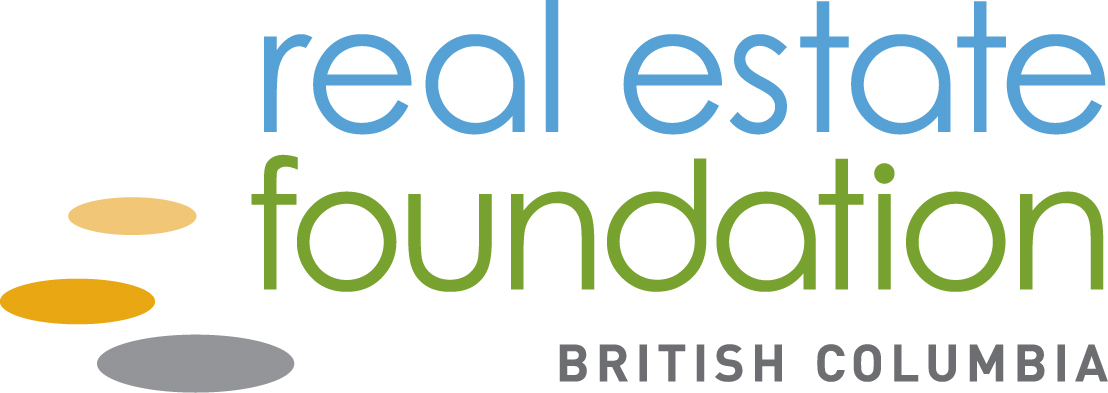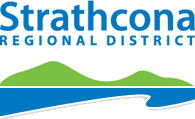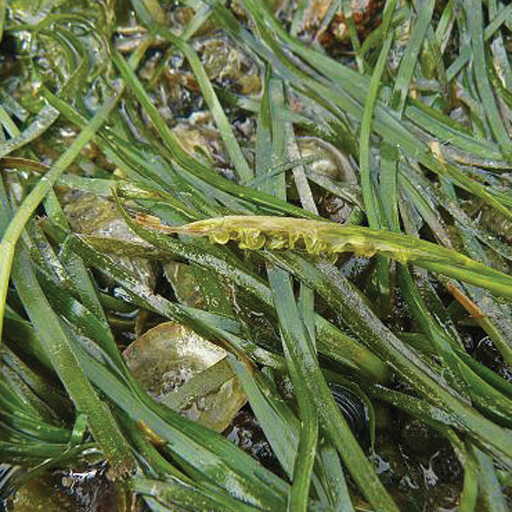Community Projects
%
Local
Volunteers
DIEM
A community-based mapping project
In the Discovery Islands, the meeting of land and sea is dramatic. Here are BC’s highest mountains, glaciers, and powerful rivers. Icy fjords meet Canada’s warmest ocean. The area claims some of the northern hemisphere’s most powerful outflow winds and tidal rapids – and within 25 km there are vast temperate rainforests with truly giant trees and desert islands that grow cactus. The extreme physical diversity and climatic influences create a large variety of habitats and high biodiversity – now identified as sensitive ecosystems and refuge for species at risk.
But the future is threatened by the past 130 years of human impacts. These changes are cause for concern – and the reason for the Discovery Islands Ecosystem Mapping Project (DIEM) which has a goal to provide better information for community and land use decisions.
We recognize this place as the traditional territory of the Homalco, Klahoose, WeWaiKai, and Kwiakah peoples.
The Project
Ecosystems
Mapping












